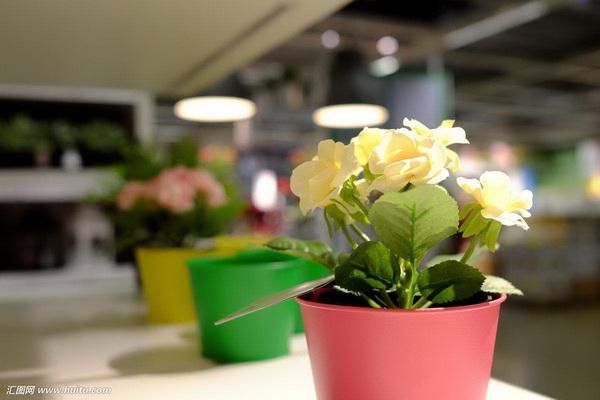What are the symptoms of physiological diseases of flowers

The symptoms of flower physiological diseases are sometimes difficult to distinguish from some infectious diseases, especially viral diseases. The main symptoms of common physiological diseases are:
1. Discoloration of leaves
The leaves become lighter, or turn yellow or white, or produce red, yellow or purple spots. If some nutrient elements are insufficient, it is very easy to cause discoloration of plant leaves. For example, when the plant is deficient in iron, the new leaves will yellowing; manganese deficiency will cause mesophyll yellowing to form small yellow spots; lack of phosphorus and potassium will also make the leaves green and withered.
2. Wilting
For example, if the plant is underwatered, it will produce wilting, on the contrary, if the basin soil is stagnant water, the root system of the plant will be anoxic, which will affect the respiration and the water absorption of the root system, and the plant will also wilt.
3. Necrosis
There are dead spots in the local necrosis of the plant. For example, the most common symptoms of cold injury on flower plants are discoloration, necrosis and spots on the surface; lack of nutrient element boron will make the base of tender leaves corrupt and necrotic.
4. Fallen leaves, flowers and fruits
For example, drastic changes in temperature and light intensity will cause fallen leaves; if there is a lack of nutrient element phosphorus, there will be early defoliation; if there is a lack of phosphorus, there will also be the phenomenon of falling flowers and buds; after flower bud differentiation, improper watering and sudden dry and wet soil will also easily cause falling buds and flowers.
5. Dwarf, overgrowth, leaflet or fruit
For example, if there is a lack of nutrient element magnesium, the plant will become dwarfed; without the nutrient element sulfur, the plant will also become short and the leaves will become slender; without the nutrient element nitrogen, the leaves will become smaller, but if there is too much nitrogen, it will cause the plant to grow too much; if the light is insufficient, the plant will also grow too much.
Related
- What if the leaves of potted flowers turn yellow?
- Florescence Control of several Flowers
- Anti-freezing technology and post-freezing nursing technology of flowers
- What is the classification of flowers? What are the common methods of flower classification?
- Prevention and control of alkali and acid damage of flowers in courtyard
- Technology of Anti-freezing and restoring growth of Flower seedlings in greenhouse and greenhouse
- How does flower fertilization not hurt the root? Fertilization technology of flowers
- Key points of disinfection in flower greenhouse
- Several pesticides that are banned or used cautiously in flowers
- How to fertilize the flowers that watch the leaves?



